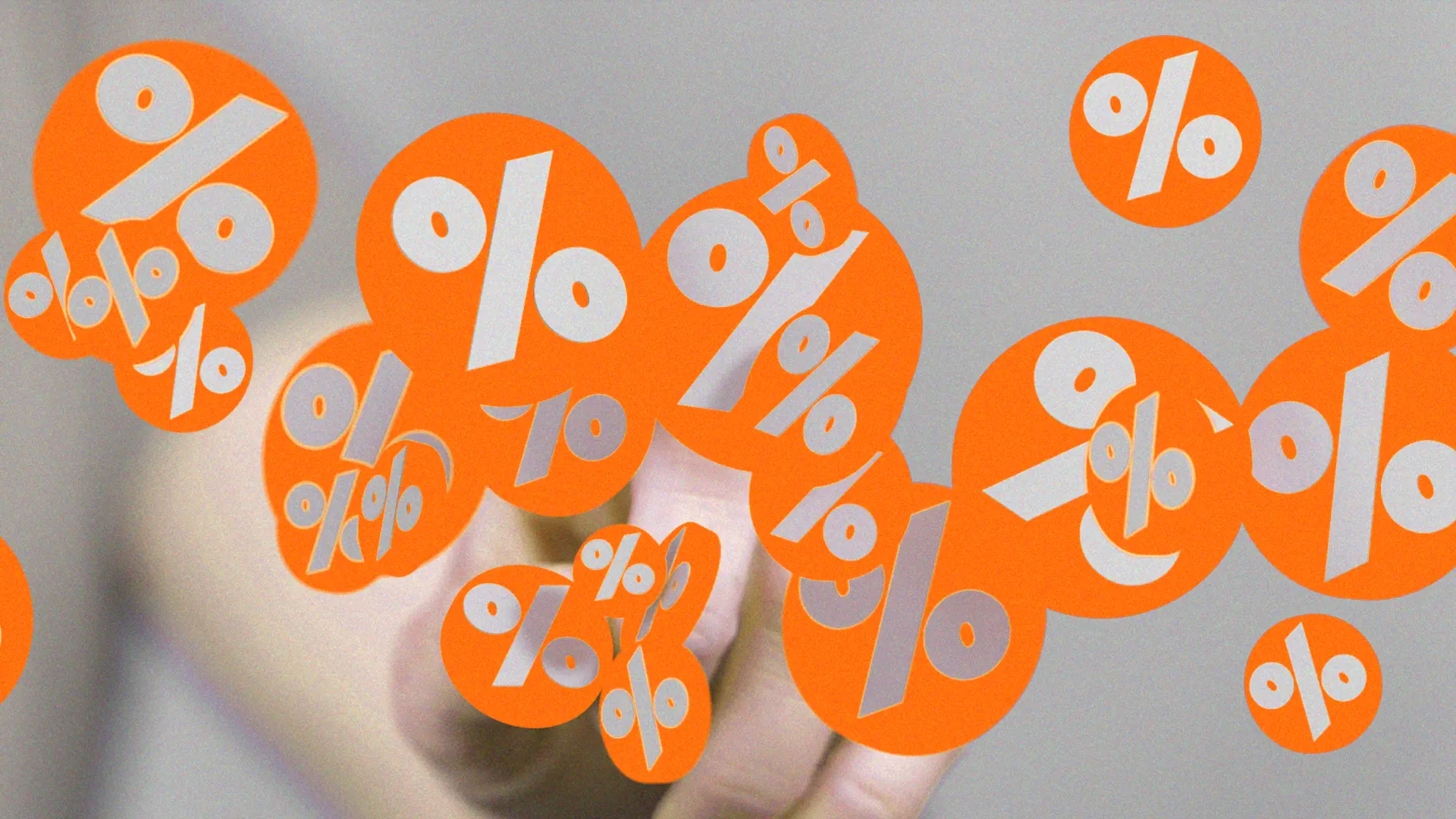Key Takeaways
- Challenger banks offer digital-first, customer-centric banking with minimal fees, transparent pricing, and personalized financial tools.
- Born out of the 2008 financial crisis, challenger banks prioritize innovation, accessibility, and inclusion to address gaps left by traditional banks.
- Popular globally, names like Monzo, Chime, and Nubank are redefining banking with mobile-first platforms and seamless user experiences.
- By focusing on user needs rather than outdated systems, challenger banks are reshaping how people interact with their money.
Listen: What makes challenger banks so popular and powerful today?
When people think of banks, they often picture traditional grand buildings, long wait times, and processes that feel stuck in another decade. But banking has quietly undergone a digital transformation.
It’s called a challenger bank. But what does that actually mean?
What is a challenger bank?
A challenger bank is a digital-first bank built to offer a modern alternative to traditional banks.
Unlike legacy institutions, challenger banks typically operate entirely through mobile apps or online platforms, eliminating the need for physical branches and somewhat outdated systems. The result? Faster onboarding, clearer pricing, and banking experiences designed around the user's actual needs.
Many challenger banks hold full banking licenses (and FDIC coverage), which allows them to provide a complete suite of financial products—from everyday spending accounts to savings, credit, and even investment tools.
Others, like Chime, for example, partner with licensed institutions while focusing on delivering superior customer experiences through technology.
Challenger banks are designed to:
- Prioritize customer-first experiences.
- Offer minimal fees and transparent pricing.
- Deliver personalized digital tools like budgeting and savings insights.
- Embrace financial inclusion for groups underserved by traditional banks.
A brief history: Born from crisis, built for change
The seeds of the challenger bank movement were planted back in 2008, during the wake of one of history's largest market crashes.
In the U.K., regulators introduced frameworks like the Financial Services Act and PSD2 (Payment Services Directive 2), allowing new players to enter the banking world. That led to the rise of names like Monzo, Starling Bank, and Revolut, which reimagined banking from the ground up.
Today, challenger banks are more than a trend
In the U.S., names like Chime and Varo Bank have seen a major surge in popularity, attracting millions with no-fee accounts and mobile-first experiences. In Latin America, Nubank has surpassed 100 million customers, becoming a financial powerhouse by prioritizing accessibility and simplicity.
And across Asia and Africa, digital-first institutions are scaling rapidly, using mobile infrastructure to serve populations long overlooked by traditional banks.
5 ways challenger banks are capturing the market
The challenger model is a response to how people actually want to interact with their money. These banks focus less on legacy systems and more on daily functionality.
What helps, what simplifies, and what gets used? The changes aren’t loud, but the marketing typically is, and it adds up.
1. Native to mobile
Every aspect of these banks (from navigation to notifications) revolves around the mobile experience. Interfaces are clean, tap flows are intuitive, and common actions like setting up a savings goal or transferring funds feel as natural as texting. They’re not trying to replicate physical banking on a screen.
2. Pricing that makes sense
Fee structures are clear, and often nonexistent. Instead of layering on monthly charges, account minimums, or overdraft penalties, most challenger banks choose simplicity. The absence of physical branches also lowers costs.
3. Money management that meets you where you are
Rather than offering generic dashboards, these banks use behavioral data to deliver financial tools that actually respond to users’ needs. One person might get alerts when spending spikes; another might receive smart suggestions. This isn’t personalization for the sake of it—it’s useful and a great upsell for the bank.
4. A wider welcome mat
A large portion of the population has historically struggled to meet outdated requirements for banking access. Challenger banks are adjusting the lens. By leaning on alternative data, like income from gig work or side hustles, they're making room for people previously unbankable.
5. Connected to the platforms people already use
Modern users manage their money across a wide network of apps. Gig apps, e-commerce platforms, payment systems, and digital wallets. Challenger banks recognize that flow and design their services to plug directly into it. Connections with platforms like Shopify, Stripe, or Uber are features that are built in, to support how people already move through their financial lives.
But it's not all smooth sailing
While their growth is impressive, challenger banks face some hard realities:
- Profitability remains elusive for many, especially those reliant on venture capital.
- Regulatory scrutiny is intensifying, particularly around data usage and compliance.
- Retention is tricky: digital consumers are quick to switch for better rates or features.
- Not all “challenger banks” are licensed banks—it's important for consumers to know the difference.
- Big Tech looms large, with Apple, Google, and Amazon quietly stepping into the banking space.
The goal now for challenger banks is that they need to prove they can be sustainable, compliant, and trustworthy long term.
Why it matters
Whether you’re advising high-net-worth clients or helping entrepreneurs secure funding, understanding challenger banks is no longer optional.
- For advisors: Clients may expect the same seamless experience from you that they get from their bank app. Challenger banks are raising the bar for digital client service.
- For business owners: These banks offer fast access to capital, streamlined business banking, and lower operating costs.
- For brokers: Keeping pace with the innovation happening in fintech is important to stay competitive and recommend future-ready solutions.
The key takeaway is simpler than it sounds: challenger banks have shifted the baseline. They’ve introduced a new standard for speed, clarity, and accessibility, and people are adjusting their expectations accordingly.
The real question at hand
People have new baselines for service, and they’re no longer comparing banks to other banks. They’re comparing them to the apps they trust every day to shop, communicate, or move money across the globe.
If you’re still relying on traditional markers of credibility, it could be time to reassess. Because the next generation of clients isn’t waiting for institutions to catch up. They’re choosing speed, clarity, and connection, and walking straight past anything that feels stuck in another era.
The question isn’t whether to compete with challenger banks. It’s whether to start behaving like one.
Latest.

Reimagining org design in the fast-paced new world of AI.
Insights from InsideOut, Leadership & Management, Content & Creative

Meet the new emerging role: AI Trainer
Career Advice, Leadership & Management, Engineering & Technology, Innovation & Emerging Tech, Talent Acquisition & Recruitment

The great AI investment paradox.
Leadership & Management, Engineering & Technology, Innovation & Emerging Tech







